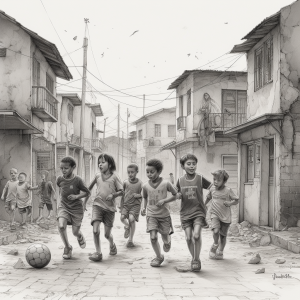In the previous lesson we learnt that hypoglycemia is a condition which occurs when an athlete or child starves himself before training or before a match. This results in the levels of glucose dropping in the blood stream, therefore affecting the individuals performance. These days I’ve seen too many children trying to cheat the system. If the child cannot eat pre-match or the parent cannot provide an adequate meal before the game, the child is turning to energy drinks to provide energy.
In theory this sounds good, all the big commercial companies are promoting their energy drinks to the sporting community. Children get caught up in the marketing of the drinks and instead of having a balanced eating habit, they solely rely on the sports drink. Most parents and coaches don’t seem to mind, so you might ask where this post is heading?
Before I hit the nail on its head, let me build up the scenario for you guys with some of the basics. When sucrose also known as common table sugar is ingested in large quantities, the effects from this are not positive. The initial consumer does feel a lift, a surge of energy which basically comes from the high dosage of sugar. But what happens after this initial surge of artificial energy? How does the body react?
Sucrose (sugar) is a disaccharide, a sugar consisting of 2 linked monosaccharide molecules or simple sugars with one molecule of glucose and one molecule of fructose. When sugar enters the body or bloodstream, the 2 elements of sucrose split releasing glucose and fructose into the blood stream. Fructose does not cause any problems, however glucose is where the problem starts. When glucose enters the blood stream it creates a shift in the levels of glycemia. Glycemia is just a term used to refer to the levels of glucose in the blood. When the glucose levels rise above the normal concentration, the condition is known as hyperglycemia.
Once the glucose concentration rises in the blood (hyperglycemia), the body reacts accordingly. Due to the excess glucose found in the blood, the pancreas starts to produce insulin. If glycemia has increased abruptly, like when a child drinks a Red Bull or a Gatorade or even a soft drink on an empty stomach, the blood insulin concentration is very likely to grow causing Hyperinsulinemia. Under these conditions, the glucose found in the blood can easily flow into cells, particular into muscle and liver cells. As the glucose leaves the blood stream and enters the cells, the blood glucose concentration (glycemia) gradually depletes and even goes below the normal levels of glucose causing hypoglycemia. This kind of hypoglycemia is also known as “reactive hypoglycemia” because it takes place after the child has ingested large amounts of sugar.
Scientists also speak of a “rebound effect” where glycemia suddenly shifts from normal levels to high levels, which in turn causes the blood glucose concentration to drop below the average. Its also important to note that fructose when ingested alone does not cause hypoglycemia. So before you or your child drinks another Red Bull before a match, just consider the risk of hypoglycemia. Will your game benefit from this increase of sugar? No it will not!



Leave a Reply